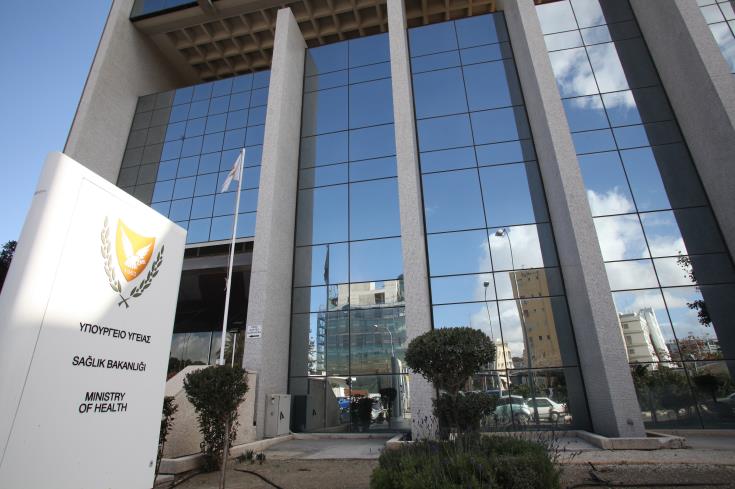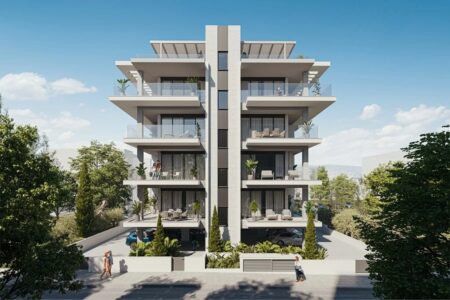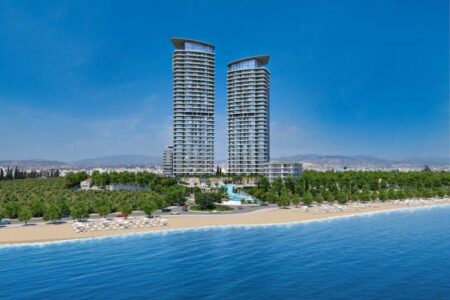16.05.2022
There is an active discussion in society about the lease of private office buildings for state needs. On the one hand, one side says that this is unprofitable for the state (this group includes the council of contractors, the general controller and, of course, the opposition parties). Another point of view is that, depending on the level of rent in the market, this can be beneficial for the state.
However, there is no clear correct position on this matter, since this should depend on the circumstances of each particular case.
First, the use of public land for building offices is acceptable, provided that the value of the land is included in the total cost of construction. The fact that there is public land does not mean that it is excluded from any comparative assessment. This is a serious problem and must be taken into account.
The second point we would like to point out is that if the building is leased to the government, the landlord will have to pay income tax, property tax, defense and health contributions, maintenance costs, etc., then as for a government building, the government has to cover the costs, so the government loses this revenue.
Another important consideration is that the economic life of buildings is about 20-30 years. Thus, as technology changes and office use changes, the government may move out of a building that is no longer suitable, but if the building is owned by the government, it will remain there despite its obsolescence.
Maintenance is another matter. When the government rents a building, these costs are usually borne by the private landlord, and if not, then the state must pay.
Another consideration is that not all public lots are necessarily in the right location or the right size.
The Auditor General says that the government pays about €20 million a year in rent while its needs are only met at 50 percent, so we predict that in his reports, the rent could reach €40 million in year.
In our opinion, each lease or build should be accompanied by a cost-benefit analysis with comparative figures, because if a property is rented out on the basis of, say, 3 percent per annum of its value, with various deductions made, the value will drop by about to 2%, close to the current cost of borrowing government bonds (which appears to be on the rise).
After the economic crisis and the 2013 bailout, we proposed the sale of public institutions based on a buy-to-rent approach and identified specific buildings suitable for this in order to reduce public debt.
However, officials prefer to score points instead of having a productive dialogue.
During the colonial era, the government had a policy of buying land for future needs, but since that policy was abandoned, public lands have been rapidly decreasing in size and in keeping with location.
Any decision should be based on finances and benefits for the state.
Building new government offices takes more than five years, with architectural competitions, objections, contractor claims, and so on. This can be avoided if the buildings are rented out.
What comes to mind is the building of the former Orfanides shopping center in Strovolos, which is on sale for 30 million euros, with good access. The cost of the conversion would be, say, another 10 million euros, but it could house the departments of land registry, urban planning and other public services. This will be a location outside of the city center, which will help with traffic congestion.
Similarly, the IMC building has sat idle for years. There are many examples to consider for leasing as well.
Antonis Loizou & Associates EPE – real estate appraisers, real estate agents and real estate consultants
















